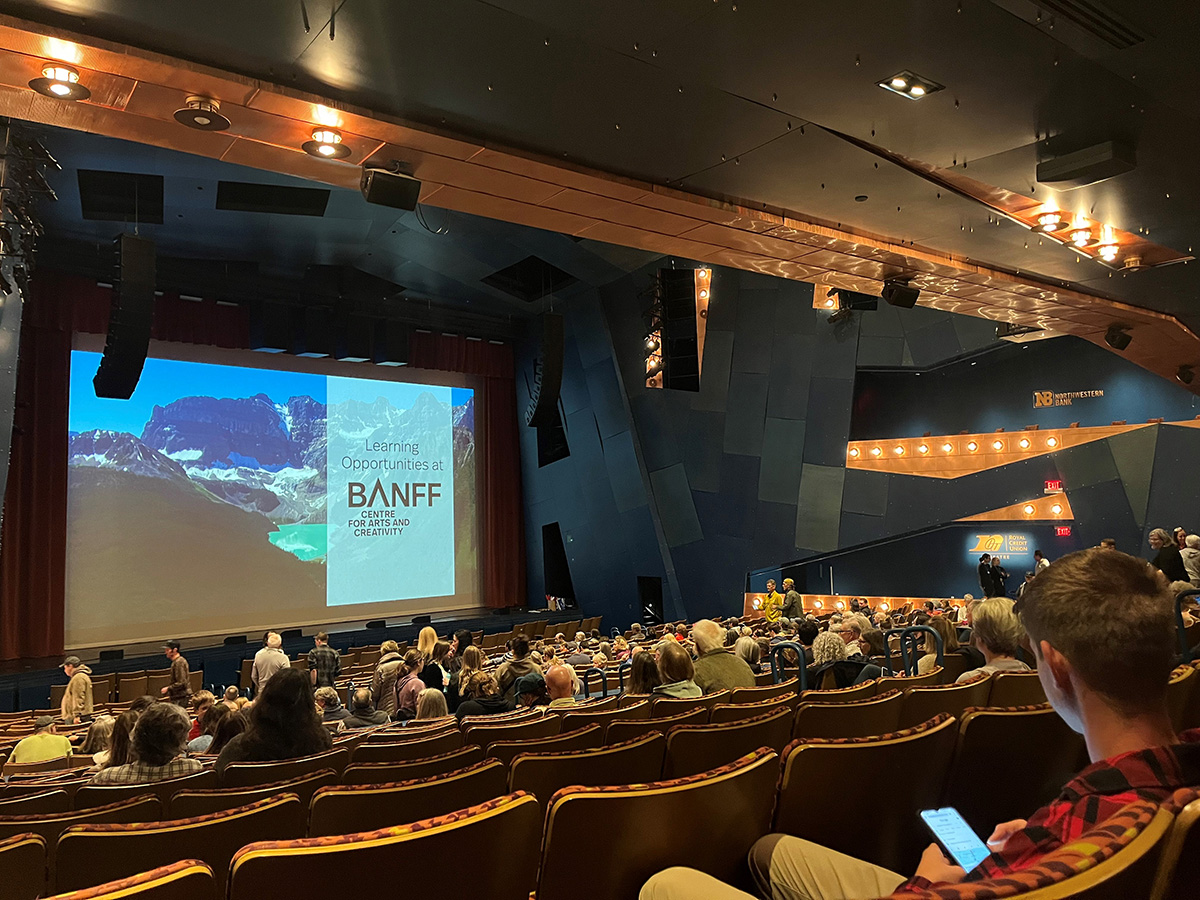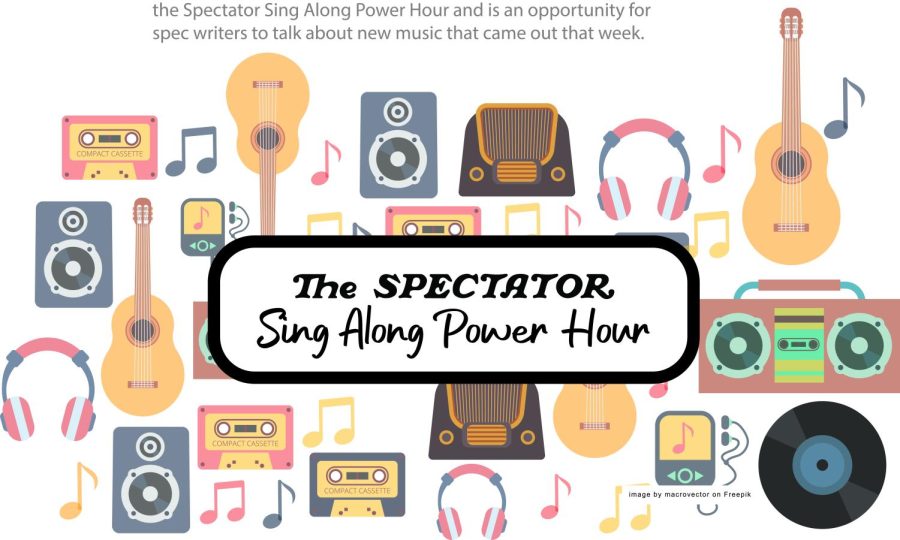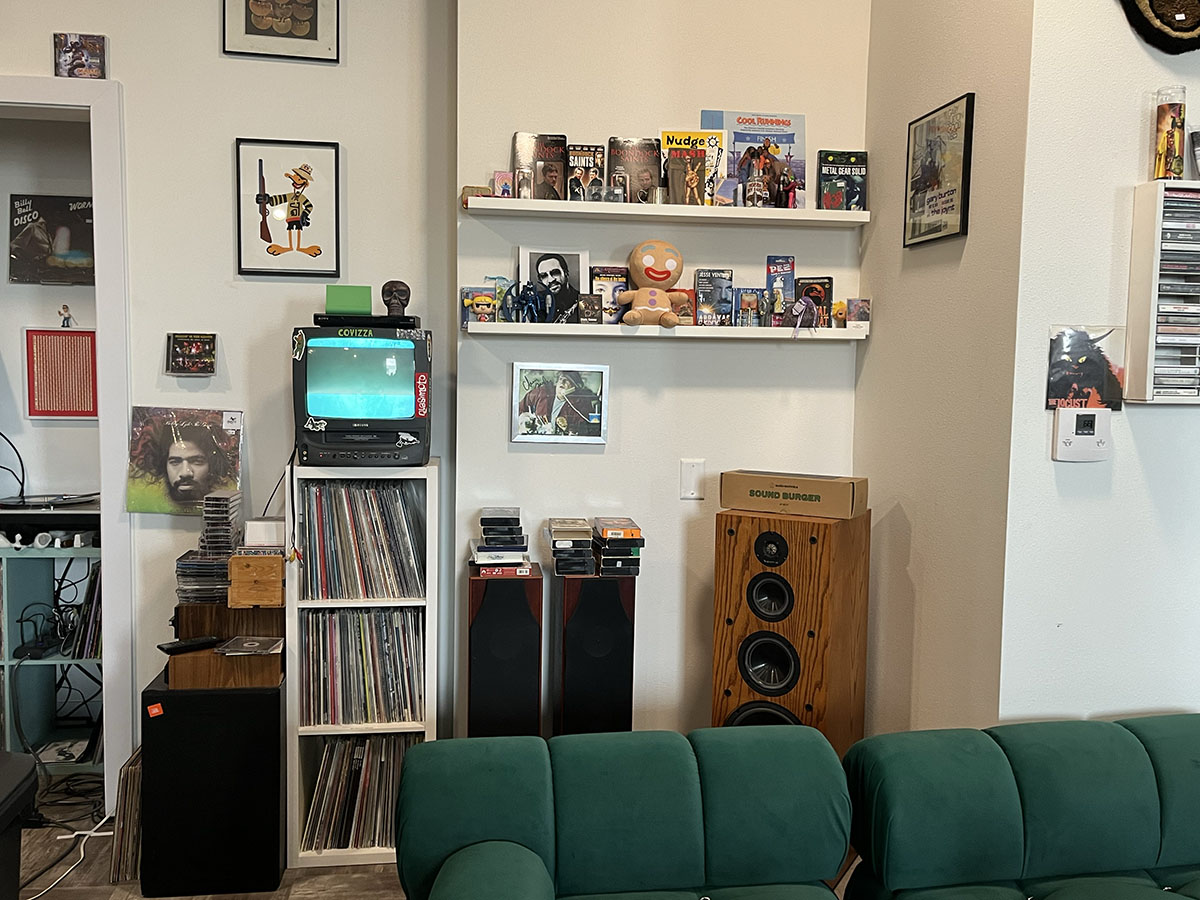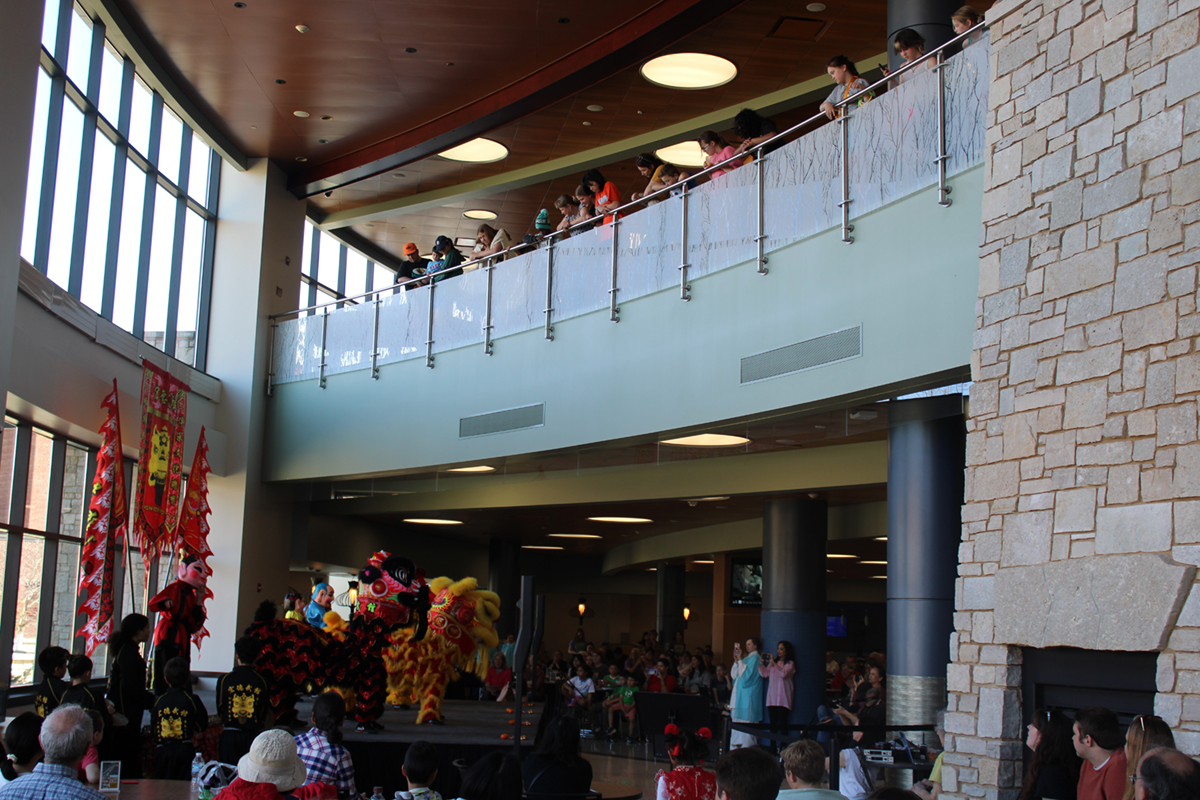“Lost in Translation” is, unsurprisingly, best suited for fans of Wes Anderson films (notoriously minimal, poignant movies about quirky characters in relatively-realistic situations).
At times quiet, always gorgeously shot, the movie is a surreal step inside the introspective nature of the two main characters’ minds.
Long, grey shots of Tokyo make the viewer feel as Scarlett Johansson’s character Charlotte — a young, uncertain bride — must make Bill Murray’s character Bob Harris seem relatable and real.
If you like Bill Murray (and, in my opinion, how can you not?), you’ll like “Lost in Translation.” Splitting screen-time with a young, awkward, likeable Scarlett Johansson makes for an easy, natural relationship onscreen. ScarJo is, refreshingly, not hypersexualized but instead a regular, lost twenty-something whom the viewer can relate to and take seriously.
The cinematography is beautiful: larger-than-life, camera-shake infused shots of one of the world’s largest, busiest, and brightest cities. Bob Harris is in Tokyo shooting a commercial; Charlotte is there tagging along with her photographer husband as he shoots a budding rock band. Bob and Charlotte are staying at the same hotel and, after several almost-encounters, form a slow, budding friendship.
The plot never thickens or reaches a pinnacle; instead, the story is rounded out and made believable by the surprising onscreen chemistry Murray and
Johansson share.
The viewer learns the reality of each person’s marriage: Charlotte struggles to understand who she is in relation to who she married, and Bob’s increasingly platonic relationship with his wife is realistic in a way most romantics would find heartbreaking.
Set in Tokyo, the American/Japanese cultural barriers set up token laughs (which, in true Sofia Coppola style, are more like subdued snickers). The title speaks to this as well as the “translation” of the age difference between Bob and Charlotte.
Their relationship keeps the viewer guessing in a will-they-won’t-they sort of way.
Most of the time, the viewer hopes they’ll just remain friends – the age difference makes Bill Murray seem like ScarJo’s dad in many of the scenes, particularly when he takes her to the hospital and buys her a stuffed animal or, later, when he doles out marital advice.
The movie is beautifully done and poignantly funny. What it lacks in loud, garish action it makes up for in realism and an honest look at what it means to feel lost.
“Lost in Translation” is playing at 6 and 8:30 p.m. Thursday through Sunday in Davies Theatre. The movie is free with a Blugold ID.







